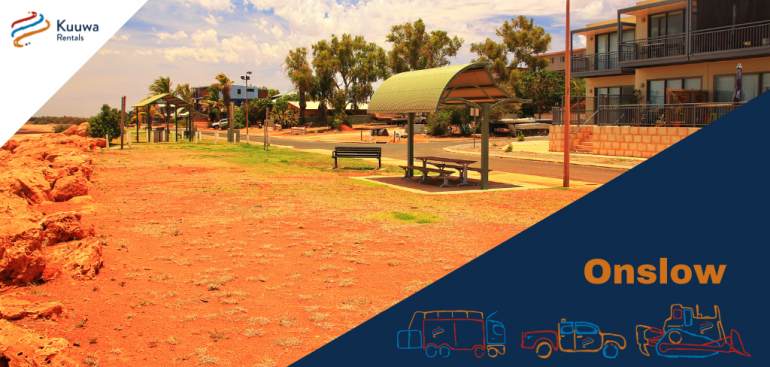In the Pilbara, the first town that usually comes to mind as benefiting from mining and resources is Karratha.
But it’s not the only one.
About 300km south is Onslow. For the first 80 years since it was officially gazetted in the 1880s, its main commodity was wool, exporting from Pilbara’s hinterland sheep stations to the rest of the world.
But after World War II, wool’s purchasing power declined, and the local economy shifted towards tourism and other local resources.
Since then, Onslow’s Port of Ashburton has been exporting a range of resources, particularly into the nearby Asian market.
Agriculture remains an important industry locally, and on a large scale too. Nearby to Onslow, a landholding of 60,000ha south of Onslow with high potential for agricultural use is looking for a proponent to transform the land from a pastoral use to an agricultural or horticultural landholding.
Other than the usual suspect in the Pilbara – iron ore. MinRes’ South Pilbara project has the potential to export iron ore through Onslow’s port.
Then there’s salt. Yes – salt. Global demand is growing at an incredible rate alongside the world’s population, with demand anticipated to be over 50 million tonnes per annum within ten years. Australia’s proximity to the growing Asian market is making it an attractive place for those in the salt game.
BCI Minerals’ Mardie Salt and Potash project, between Karratha and Onslow, is on track to be the world’s third largest solar salt project. The project will create 200 ongoing jobs and is expected to bring in more than $600 million to the State economy through royalties.
Around 40km south of Onslow, German-based K+S is embarking on its first Australian solar salt project. It is expected investment in the project will be $350 million before production starts, when it is expected to produce 4.5 million tonnes of salt.
On top of that, the project is expected to create 75 permanent jobs and support local businesses. K+S recently submitted an application for a mining licence and will also require an agreement with the traditional owners, the Thalanyji people, before it commences operations.
And this last one might be less surprising – sand. But did you know that the international sand market is projected to be worth US$60 billion per annum by 2030? It is the largest globally mined commodity, with an estimated 40 billion tonnes mined each year.
The Pilbara seems a pretty safe place to dig up some sand, and Cauldron Energy has acquired a 100% interest in high-quality river sand leases at several river mouths, including the Ashburton River at Onslow. The sand will be exported to nearby Asian markets for use in the construction industry.
So while it might not be the first Pilbara town you think of when it comes to mining, there’s plenty going on around Onslow that you might not expect.

